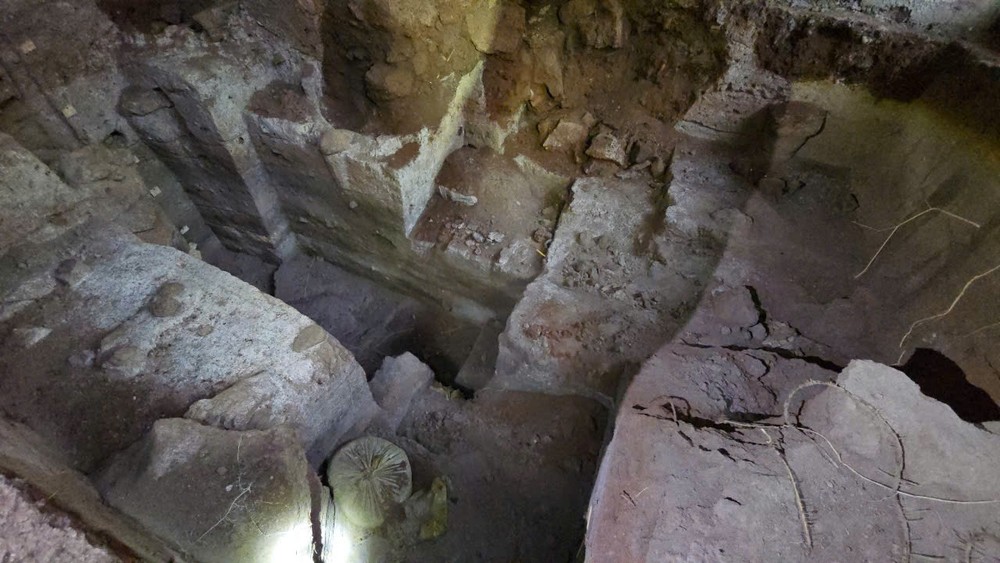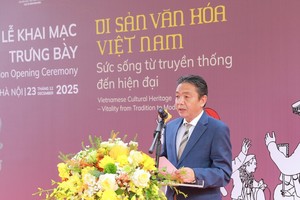
This event underscores Dak Nong's commitment to sustainable development, emphasizing the preservation of geological heritage while aligning with global sustainable development goals.
The event also opens an opportunity to enhance public awareness of heritage conservation, promote sustainable tourism, and foster international collaboration, contributing to the socio-economic growth of Dak Nong.


The Dak Nong UNESCO Global Geopark covers an area of over 4,700 square kilometers, spanning six districts and towns, including Krong No, Cu Jut, Dak Mil, Dak Song, Dak Glong, and Gia Nghia City.
The Dak Nong UNESCO Global Geopark boasts approximately 65 geological and geomorphological heritage sites, including nearly 50 caves with a total length exceeding 10,000 meters, volcanic craters, waterfalls, and other natural features. Among these, seven sites have been recognized for their international significance.









This region has long been celebrated for its fertile red soil and tropical rainforest ecosystem, which preserves remarkable biodiversity, unique cultural and geological features, natural landscapes, and evidence of prehistoric human activity.



The Dak Nong UNESCO Global Geopark is situated in a region with a rich cultural history, showcasing both tangible and intangible heritage such as the Gong Culture Space of the Central Highlands, the Ot N’drong Epics, Nam Nung Nature Reserve, Ta Dung National Park, special-use forests, and iconic waterfalls like Dray Sap, Trinh Nu, and Gia Long, along with Yok Don National Park in Dak Lak. These features significantly enhance the geopark's value.
























